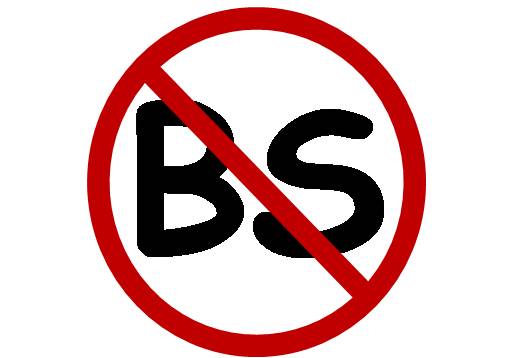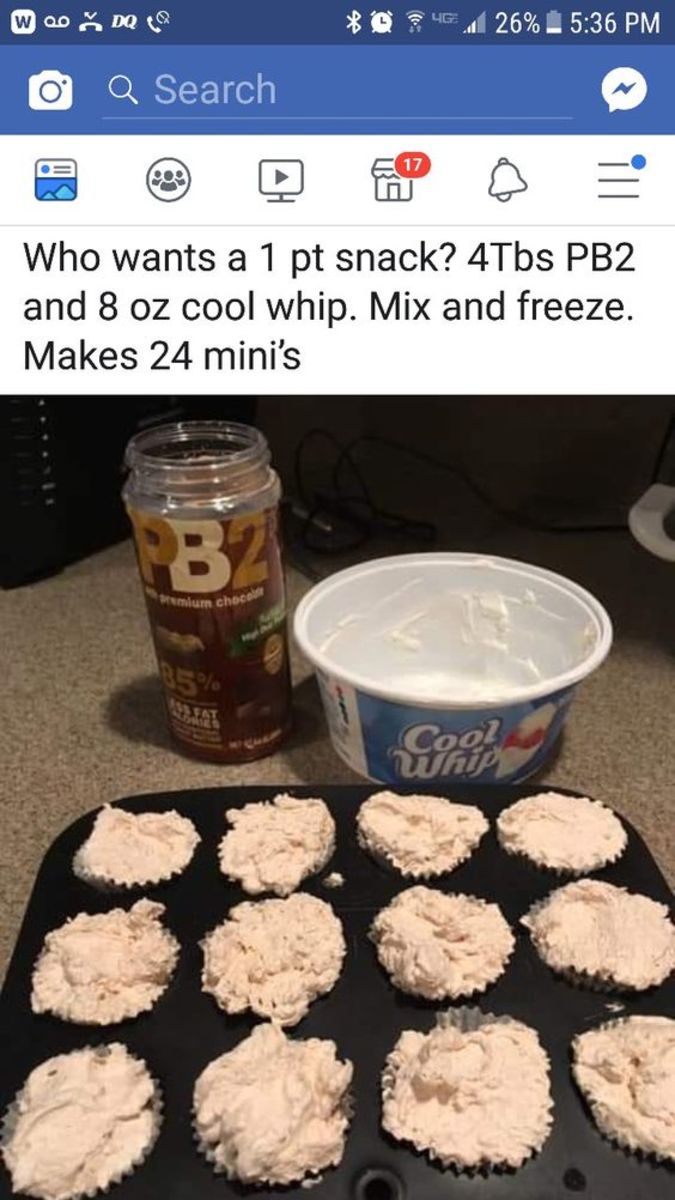A No BS Guide to Diet and Exercise

The scales are tipping; there are far more overweight and unhealthy people now than a few decades ago. To combat this problem, people often jump right into diet and exercise but fail to realize the amount of work and self-discipline required to keep up with a routine. Likewise, people often take a lazy approach to their self-development by falling for hyped products and promotions which only discourage them from continuing with the inherent long-term process of slimming down.
This article will explore a reasonable set of rules and guides for diet and exercise that cut past the BS of the diet and exercise industry.
Rule #1: Throw out the fads
The first step to create true results for diet and exercise is to throw out the idea of fads. There are hundreds of fad diets and exercise programs on the market; they certainly work for a time but they don’t have lasting impact compared to having a genuinewantto get healthy.
Most of the fad diets restrict your food intake which is difficult because you tend to slip up consistently because it’s such a dramatic shift in your diet. In time, you feel that you can’t continue with the diet plan because it’s either putting a financial strain on your budget buying certain foods and that you can’t simply give up the things you love.
Likewise, fad exercise programs such as the ones you see on late night infomercials generally cater to the lazy and use deceptive marketing tactics to force you into a purchase; once you receive these items, you realize you’ve been duped and eventually throw out the idea of exercise as a whole because it isn’t working out for you.
Instead of the fads, go with a traditional approach to diet and exercise which is all about moderation and being active in your daily life.
Rule #2: Focus on proportions vs. cutting
The majority of diet plans focus on the act of cutting out foods that are deemed “unhealthy” or “too full of carbs”; unfortunately, the bodydoesneed a healthy balance of nutrition in order to function on a day-to-day basis and removing these essential elements can negatively affect your health.
The healthier way to diet is to focus on proportion control rather than cutting out food groups. The western diet is generally massive; huge plates of food for every meal. Instead, use smaller plates and bowls that limit your daily intake; although it doesn’t mean to eat unhealthy food in smaller portions. Get rid of the bad food and stick to natural, healthy food in less quantity with each meal which will reduce your calorie intake and stop you from over gorging yourself while eating.
Rule #3: Develop a personal exercise program
Every human body is different than others. A diet and exercise program that is created for high-impact, extreme workout conditions doesn’t make much sense for those that are already overweight because it’s simply too hard to sustain during these regiments.
Develop your own plan that fits into your lifestyle, eating habits and exercise limitations instead of following a diet and exercise plan to a key. Learn what works for your body by testing your limitations on a diet and exercise program so you can fit it into your life rather than doing a complete turnaround into a program that you won’t be able to keep up with.
Rule #4: Find a support group
Motivation is what keeps you striving to be your best but it’s difficult to do everything on your own. It is vital to reach out to others that are also trying to become healthy as a form of support; they will keep you in check with your diet and exercise program and challenge you when you feel as if you are slipping.
Reach out to friends and family by explaining your actions and reason for diet and exercise; remove the negative individuals that only discourage your plans. Avoid slipping when going out to eat with friends that tell you “it’s okay, just eat it”; find people whom respect your decision and open dialog which will ultimately help you along your goals.
Rule #5: Track and reward
Create a habit of tracking your diet and exercise progress which will reveal elements of your goals that need to improve in order to reach your desired results. Try to avoid weighing yourself every day because this could become potentially discouraging if you do not see immediate results; instead, check your weight at the end of the week or month. Likewise, keep track of what you’re eating but don’t turn it into a chore which discourages you from dropping your routine.
Along with tracking results, always give you time for reward. A reward system will keep you moving toward your goals and cuts out the negative thoughts that “you aren’t doing enough”; it keeps you motivated to run the extra mile or stick with your diet. Do not turn food into a reward; find other items you enjoy as a reward such as an extra night out at the movies or clothes that fit your new figure.
Conclusion
The diet and exercise industry use marketing to attack low self-esteem which may be the result of being over-weight and unhealthy; they show images of a better life but fail to explain the sacrifices and work required to obtain a lifestyle. Make it important to build a diet and exercise program around what works for you instead of falling for fads and being on your own.








